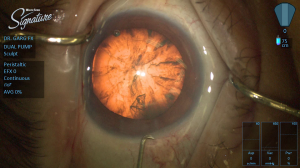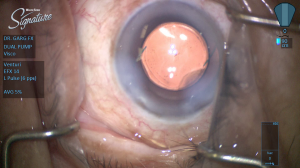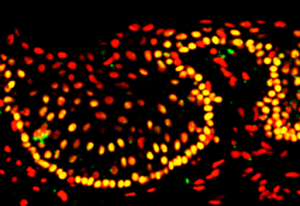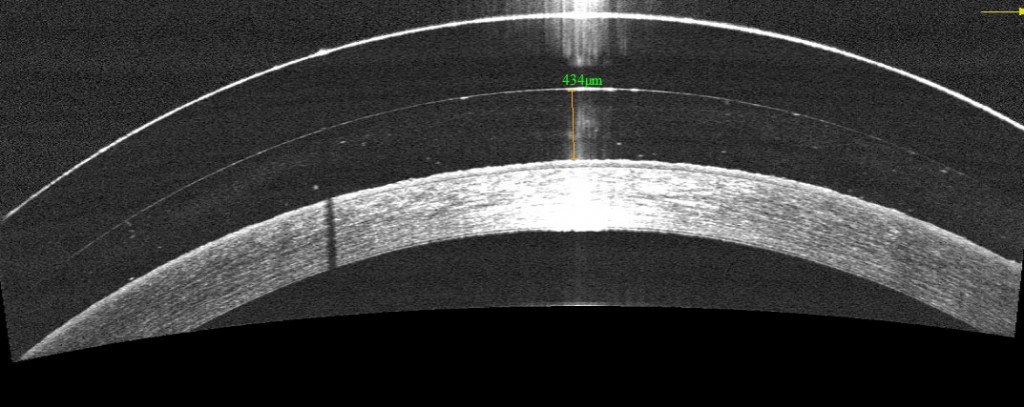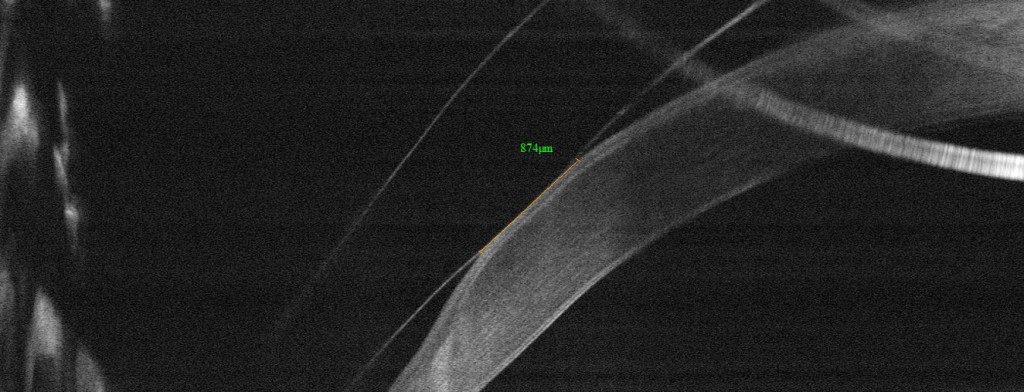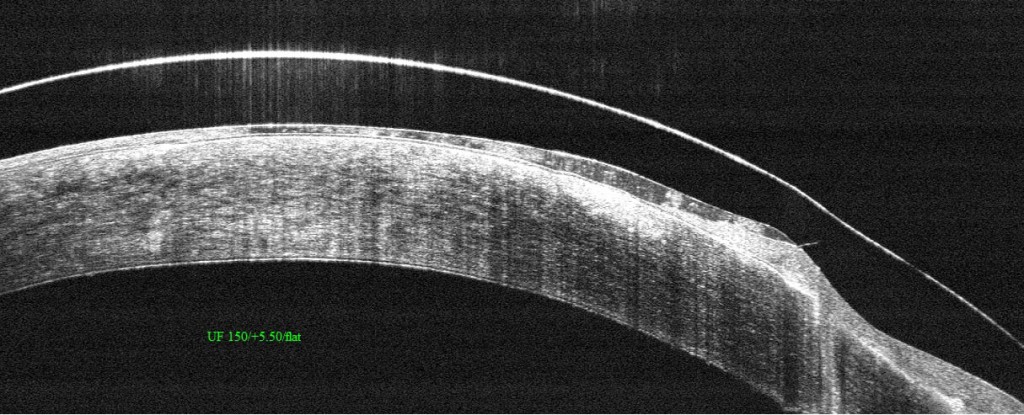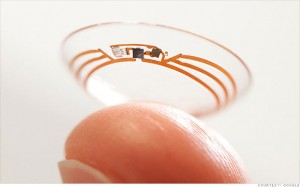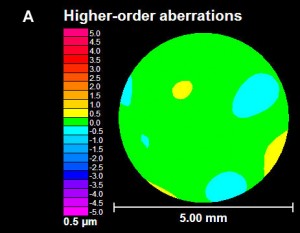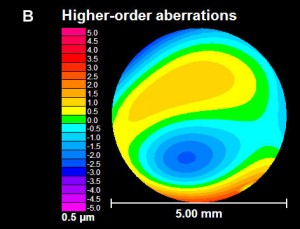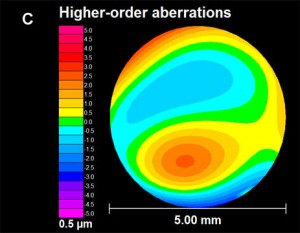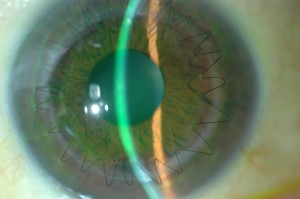8/14/14
Because August is Children’s Eye Health Month we are pleased to present a four-part series on pediatric vision issues and contact lenses by Buddy Russell, FCLSA, COMT. With over thirty years experience fitting contact lenses, Buddy is currently an associate of the specialty contact lens service at Emory University Eye Center in Atlanta, Georgia. Buddy is a clinical instructor in Emory’s Ophthalmic Technology Program and teaches students and ophthalmology resident’s contact lens technology.
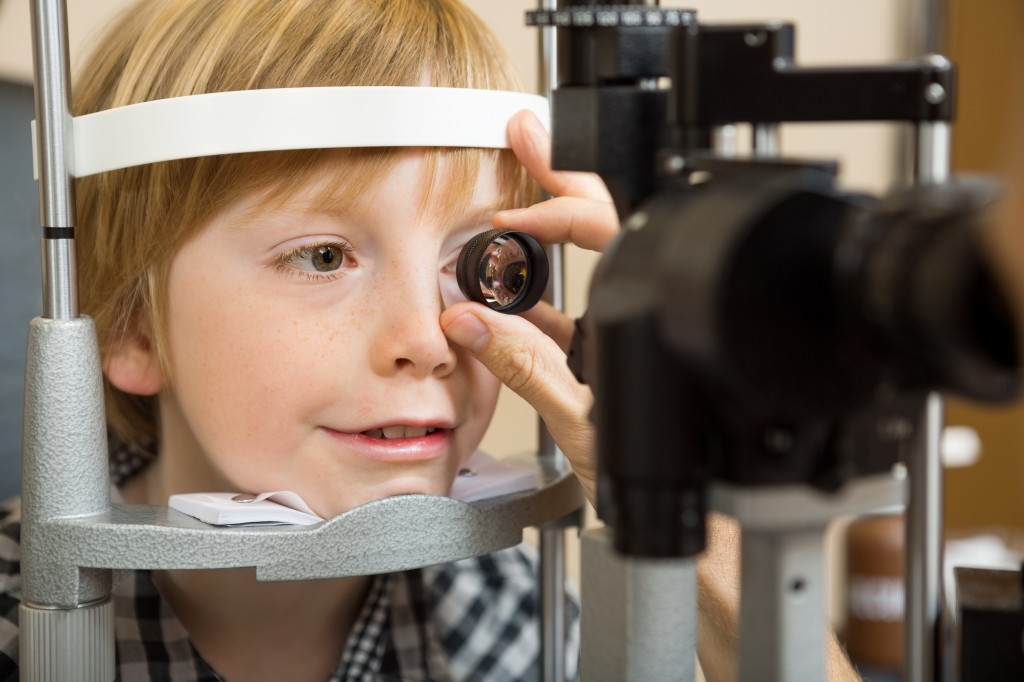 He is a licensed dispensing optician, a Fellow member of CLSA and has been certified by JCAHPO as a Certified Ophthalmic Medical Technologist. He lectures at national and international meetings on contact lens related topics. Buddy has written articles for a number of publications, two chapters for CLSA’s advanced training manual and is a peer reviewer for the Cornea publication. He is also a contributing editor for CLSA’s Eyewitness journal. His current areas of research include pediatric aphakia and keratoconus. He joined the faculty at TVCI in 2006.
He is a licensed dispensing optician, a Fellow member of CLSA and has been certified by JCAHPO as a Certified Ophthalmic Medical Technologist. He lectures at national and international meetings on contact lens related topics. Buddy has written articles for a number of publications, two chapters for CLSA’s advanced training manual and is a peer reviewer for the Cornea publication. He is also a contributing editor for CLSA’s Eyewitness journal. His current areas of research include pediatric aphakia and keratoconus. He joined the faculty at TVCI in 2006.
The first article will examine that pediatric contact lenses for children go beyond vision correction, the second will explore lenses as a treatment option, the third will look at a variety pediatric eye conditions and the final post will discuss the contact lens fitting challenges you face when you work with children.
Introduction
Working with the pediatric patient and their caregivers / family can be challenging, rewarding, fun, and yet sometimes frustrating. Many of these cases often include factors that are unique to the young patient. In addition to the technical challenges of obtaining the objective data, the fear of uncertainty is often present. The uncertainty of the unknown can either paralyze you or motivate you to step up and simply do what must be done.
The Definition May Vary
The definition of pediatric contact lens fitting can be different to different people. The fitter who works with the occasional twelve-year-old neophyte wearer will define pediatric fitting different from the person that works with babies on a routine basis. Pediatrics is generally defined as a branch of medical care that deals with infants, children and adolescents. The word pediatrics is derived from two Greek words (pais = child and iatros = healer), which means healer of children. Are you a “healer of children” or do you tend to feel better about someone else assuming the challenge and responsibility? This article will discuss some of the conditions, contact lens indications, fitting techniques and challenges that are present with the young patient.
Refractive Indications
What age is “appropriate “ to fit a contact lens on a child? In the absence of a medical indication, Jeff Walline, OD and his colleagues have addressed the answer to this question in the published literature. In addition, the American Academy of Optometry published a position paper in 2004 that stated that by the age of eight, a child was able to handle contact lenses and assume some degree of responsibility. We are all aware that not all eight year olds are capable of dealing with contact lenses. For that matter, not all eighteen year olds are mature enough to assume responsibility for anything. Some of the concerns that a contact lens practitioner may have in fitting these young children include the risk of safety to the child’s health, too much chair time, physical limitations, lack of hygiene, and lack of maturity. These are all legitimate concerns when you consider the child can see well with spectacles.
What does the literature reveal concerning these questions and concerns? Are the answers there?
CLIP Study
The Contact Lens In Pediatrics study compared 169 neophyte wearers in two age groups (children age 8-12 and teens age 13-17) over a period of three months. The summary of the clinical findings in the publication is that adverse events was low and the younger children took a little longer to train application and removal of the contact lenses. The more impressive outcomes from this study was determined by a tool used more frequently in child psychology referred to as the Pediatric Refractive Error Profile (PREP) survey. The PREP survey is a clinically validated quality of life instrument to assess how a child “sees” him or herself. This 26-question survey revealed that contact lenses improved the child’s self image in regards to their appearance, increased confidence in themselves while participating in activities and overall satisfaction of their form of vision correction. These findings were consistent in both age groups. More than 80% of both age groups found contact lenses easy to clean and take care of as all participants were fitted with 2-week disposable soft lenses and used a multipurpose disinfection care system.
The ACHIEVE Study
The Adolescent and Child Health Initiative to Encourage Vision Empowerment (ACHIEVE) were published in 2009. Jeff Walline, OD and his colleagues designed this study to find out the effects that glasses and contacts had on the self-perception of the child. This study examined 484 myopic children 8-11 years. The participants were randomized to spectacles (n=237) or contact lenses (n=247) and followed for three years. The children were evaluated at baseline, 1 month and every 6 months for three years by a validated psychology tool for self-perception referred to as the Self-Perception Profile for Children (SPPC). The SPPC instrument allows a 4 point self-assessment in 6 categories; scholastic competence, social acceptance, athletic competence, physical appearance, behavioral conduct and global self-worth. The participants revealed the most dramatic areas of improvement with contact lenses compared to spectacles in the areas of physical appearance, athletic competence, scholastic competence and social acceptance. Similar to the low occurrence of adverse events with contact lens wear found in the CLIP study, over the three year period there were only 13 adverse events among 9 subjects. In addition, the ACHIEVE study found very similar rates of myopic progression in both groups of patients over the three year period (1.08D spectacle group and 1.27D contact lens group).
What can we conclude from these two studies?
One is that we are in a position to not only help a young person see but we are also in a position to do it safely and assist the child by instilling more confidence in themselves at a young age that may impact them as they mature into an adult who feels good about themselves. Young children are accustomed to following rules. When properly trained, these same young patients may grow into some of the most compliant patients that we have in our practice. There are some practical considerations for prescribing contact lenses to the younger patient. Mary Lou French, O.D. has stated the three M’s are important for success; Maturity (good hygiene, good communication skills, signs of responsibility), Motivation (why do they want contacts? Does the child want them or just the mom or dad? Are they active in activities where freedom from spectacles is important?), Mom (is the mom / dad / older sibling willing to help?). Don’t let age be the deciding factor. Consider your position as one that may positively impact the young patient in how they “see” and feel about themselves.
 Buddy Russell, FCLSA, COMT
Buddy Russell, FCLSA, COMT
Associate, Specialty Contact Lens Service
Emory University Eye Center



